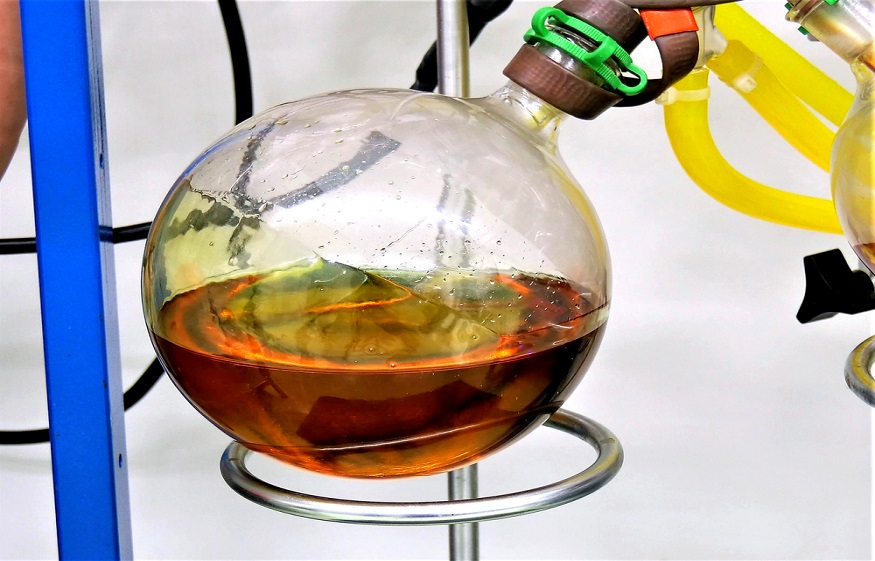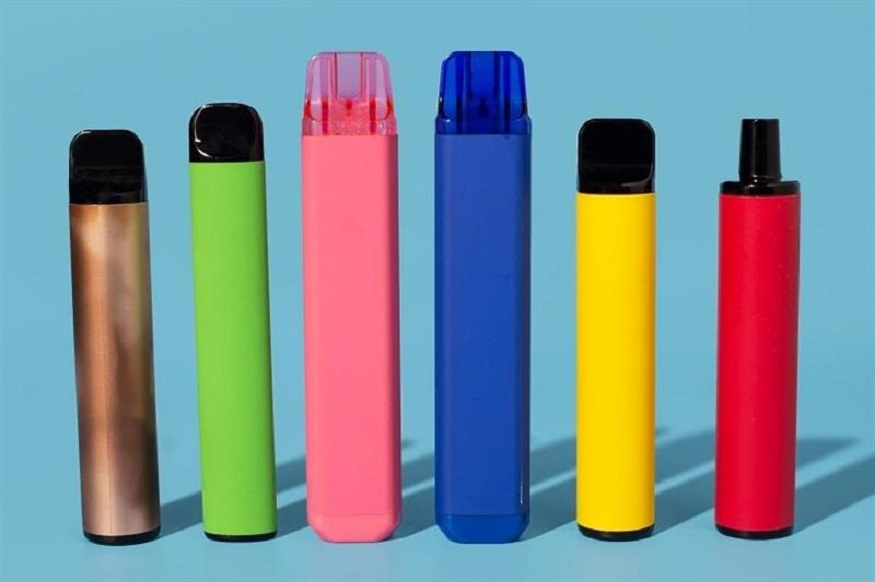How Extraction and Distillation Create CBD Concentrates
That CBD oil you love to use as an all-purpose tonic actually comes from a plant. So does the medical cannabis product your friend uses. In order to make both products, manufacturers need CBD and THC concentrates. Both are created through a multi-step process that relies mainly on extraction and distillation.
Needless to say, extraction produces a lot of things that processors and manufacturers don’t want. Distillation separates unwanted material from wanted material. When processors and manufacturers want to create specific concentrate profiles, they use a process known as chromatography.
Extracting with a Solvent
Though there are many ways to extract cannabinoids and terpenes from cannabis plants, Houston-based CedarStoneIndustry says that solvent extraction is the most commonly utilized. In this process, some sort of solvent separates cannabinoids and terpenes from plant material. The solvent can be anything from ethanol to olive oil and CO2.
A processor might use a stainless-steel tank or centrifuge to accomplish extraction. When all is said and done, the processor is left with a liquid solution containing solvent, cannabinoids, terpenes, and other compounds. Then it is off to distillation to further concentrate the CBD.
If the goal is THC extraction instead, processors will use marijuana plants rather than industrial hemp. Everything else pretty much stays the same. The cannabinoids and terpenes are extracted with a solvent and then sent through the distillation process to create the desired concentrates.
Distillation Evaporates the Solvent
The point of distillation is to evaporate the solvent so that the processor is left only with a cannabinoid and terpene concentrate. That concentrate can be sold as-is or further separated to create any number of designer profiles. When sold as-is, the concentrate is known as full-spectrum CBD – or THC where applicable.
Processors looking to create specific cannabinoid and terpene profiles turn to chromatography to accomplish this. Originally invented by painters, chromatography utilizes a series of absorbent materials to ‘soak up’ the different terpenes and cannabinoids. Because the substances are absorbed at different rates, processors can separate out the components they want by utilizing different absorbent materials.
Extraction Influences Quality
It turns out that extraction plays the biggest role in determining a CBD or THC product’s quality. Different methods of extraction affect cannabinoids and terpenes differently. Likewise for different solvents. Extractors choose their solvents and design their extraction processes based on what they want to accomplish in terms of quality versus cost.
As you might expect, some extraction processes produce a higher quality cannabinoid concentrate. The downside is they tend to be a lot more expensive. Likewise, like less expensive extraction processes produce a lower quality concentrate. So it’s a balancing act.
The other thing processors have to consider is volume. The amount of concentrate produced from cannabis biomass is influenced by extraction and distillation. The greater the volume, the more profitable an extraction operation tends to be. So processors want to get as much CBD or THC as they possibly can.
From Plants to Product
Now you have a basic understanding of how cannabis plants become retail CBD and THC products. There is a lot more science and technology involved, but the basic process is to extract concentrates and then distill them to create profiles. It is pretty simple in principle if not in practice.
Next time you buy CBD oil or medical cannabis, consider all the effort that went into producing it. Somewhere out there is a processor who took raw cannabis plant material and turned it into the extract that became your product. That processor has certain expenses you are helping to cover with every purchase.



